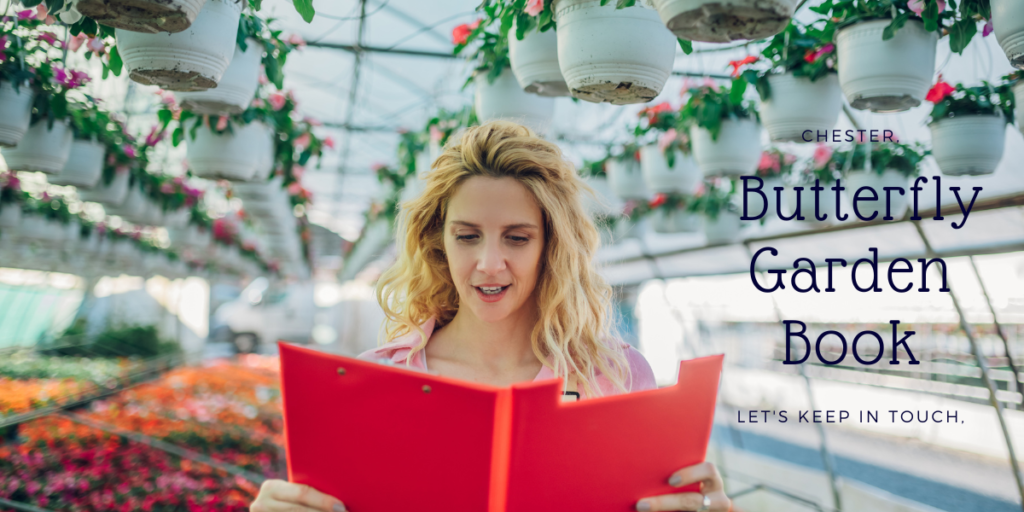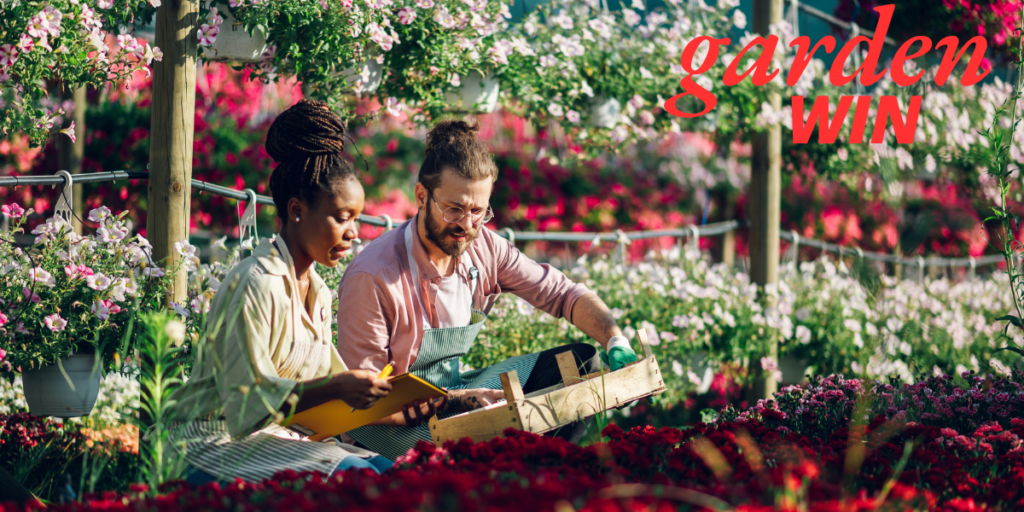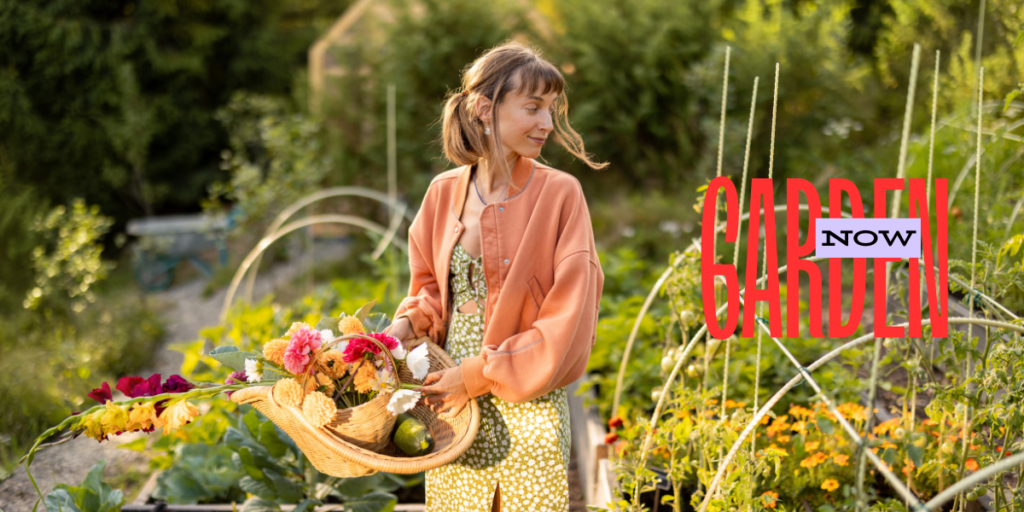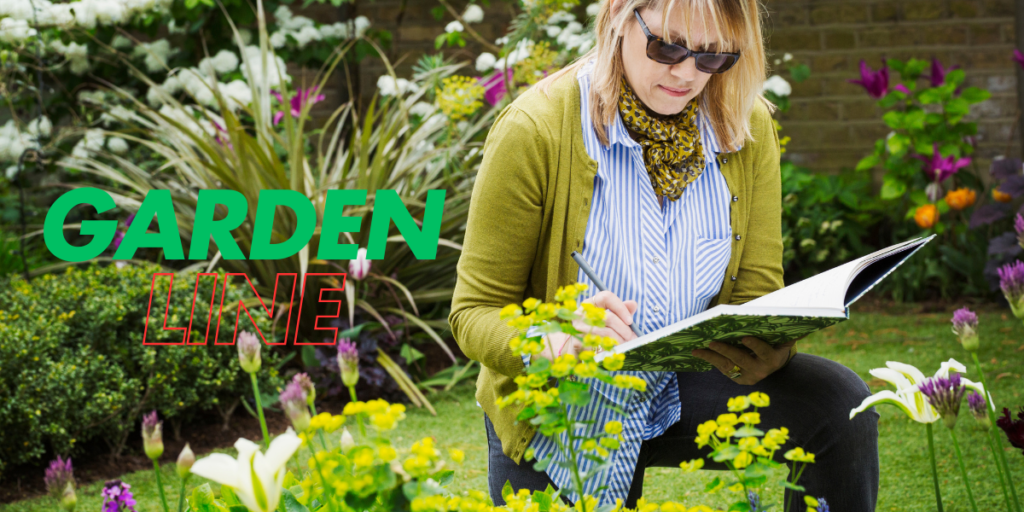How To Book- Overview The butterfly garden book-2025: how to create a butterfly garden nature’s little masterpieces and add life and beauty to any garden. They flit about, pollinating our flora and gracing us with their beauty. The Butterfly Garden Book: Your guide to creating a garden sanctuary for butterflies and other wildlife — If you are an avid gardener or simply someone who loves nature, The Butterfly Garden Book is your one-stop Book on creating a butterfly haven inside your backyard. So, what does this book offer, and how can you utilize what it has learned to turn your backyard into a butterfly oasis?

What Is The Butterfly Garden Book About?
Simply put, The Butterfly Garden Book is not just a manual but an essential part of the lifestyle. Caterpillar to Butterfly: Create a Beautiful Butterfly Garden With Ease is written for gardeners of all stages and amplifies each integral element into the establishment, maintenance, and flourishing of a garden that promotes butterflies. It reinforces sustainability, a love for pollinators, and the message that small acts can have significant environmental consequences.
The Book takes you through a journey of:
- Learning about butterflies and their role as pollinators
- Choosing the proper vegetation for food and cover
- Annual Butterfly-Haven Habitat Development
- The Science Behind Butterfly Behaviors Explorer
How do you troubleshoot things that you often run into with your garden But what is special about this Book? It contains just the right amount of science, paired with simplicity, to ensure that you actually enjoy learning.
Reasons to Make a Butterfly Garden
Before we get into the details, it is essential to know the necessity of establishing butterfly gardens. These gardens not only lure in beautiful bugs but also balance out nature. Here are some of the reasons they’re great choices: http://homedecorlike.com
1. Supporting Pollinators
Butterflies — Another critical pollinator species. They are integral to biodiversity and food production as they transfer pollen from flower to flower for plants to reproduce.
2. Preserving Butterfly Species
The population of butterflies has decreased significantly due to urbanization and the use of pesticides. Butterfly gardens provide a haven for these delicate beings.
3. Educational Opportunities
Creating a butterfly garden is a great way to educate children (and adults, too!) about nature and life cycles and the importance of caring for our environment.
4. Boosting Mental Well-being
Observing butterflies fluttering from flower to flower in a garden decreases stress, relaxation, and happiness.
5. Improving the Curb Appeal Of Your Home
In addition to the environmental aspect, a butterfly garden can beautify your yard.

Highlights of The Butterfly Garden Book Now
There are no half-assed generalizations in this Book. It’s not full of stories about what they did; it gives you tips and tricks to do it yourself. Now, let us go over some of its key features:
1. Complete Guides to Choosing Plants
With native plants listed by region, your garden will be successful no matter where you live. From milkweed for monarchs to lantana for swallowtails, the perfect plant pals await you.
2. Step-by-Step Garden Planning
A butterfly garden from scratch might seem quite the project, but this Book makes it simple and easy to follow. It includes: https://shorturl.at/WAyUm
- SITE SELECTION AND SOIL PREPARATION
- Garden layout ideas
- Seasonal planting guides
- Focus on sustainability
Takamine A Magnificent Abode Surrounded by Nature
A Magnificent Abode Surrounded by Nature.
Gardens are eternal havens of healing, creativity, intimate ties and connection to the natural world. This architectural style of garden is one of the most exquisite gardens in the world, with fantastic design, beauty and spirituality. In this blog, we will discover the heart and soul of this traditionally styled garden through its history, balance in design, and cultural essence, as well as its magnificent impact on garden lovers worldwide. Japanese landscapes are famous for following specific aesthetic principles, which is also true of Takamine So let us break down what makes this super
A bit of focus on organic gardening, low pesticide footprint, and water conservation ensures you do not inadvertently spoil your garden.
4. Profile of What Butterfly Acts Like
Knowing why butterflies are attracted to specific colors or how they feed with a proboscis makes gardening more than just planting flowers!
5. Year-Round Care Tips
The Book offers tips on keeping your garden alive and friendly to butterflies throughout the year and winter months.

Starting Your Butterfly Garden: Getting Started from the Book
Creating a butterfly-friendly garden does not take a green thumb; it merely takes the correct strategy. A short guide from the pages of The Butterfly Garden Book
1. Pick the Right Spot
Butterflies are attracted to bright, sunny areas, needing warmth to fly. Select a spot in your garden that receives at least 6 hours of sunshine daily. Don’t choose windy places — butterflies are fogey and seek for calm spaces.
2. Choose Native Plants
Natives form the foundation of any butterfly garden. They’re more suited to local conditions and need less tending and water. This is considering that butterflies essentially hover in the direction of plants they acknowledge and recognize
Common Types of Plants that Attract Butterflies:
- Milkweed: Monarch caterpillars depend on this plant
- Black-Eyed Susan: Attracts painted ladies and Swallowtails
- Hundreds of butterfly; species adore the Purple Coneflower
- Lantana: A butterfly adult nectar favorite
- Asters: Supply nectar late in the season
3. Include Host Plants
Host plants are where butterflies lay their eggs and caterpillars feed, while nectar plants attract adult butterflies. Mix these two plants to ensure a full butterfly home Examples of Host Plants:
Parsley & Dill: Swallowtail foodplant
- Monarch; Caterpillar’s Milkweed Residence
- Willow trees: the need for a mourning cloak butterfly
Provide Water Sources Unlike birds, butterflies do not drink in puddles or open water. Instead, they like shallow puddles or damp places. The Book suggests making a “puddling station” out of A sand dish with shallow sides Water is used to maintain moisture (Optional) Place a pinch of salt or minerals to give some extra nutrient content
4. Avoid Pesticides
In addition, chemical pesticides kill butterflies, among other pollinators. Employ gentle pest deterrents or companion species to keep pest insects away.
5. Create Shelter
Butterflies need shelter from rain, predators, and temperature extremes. To provide this habitat, add bushes, high turf, or even a butterfly home.
6. Common Problems In Butterfly Gardening And Their Troubleshooting
The best-laid plans can still hit road bumps. Such as looking for the answers to all your questions in The Butterfly Garden Book wants you, instead seeking trouble:
Reason #1: How To Book- Overview The butterfly garden book-2025: how to create a butterfly garden Not Enough Butterflies Land
Solution: Reevaluate your choice of toxicity and even when you planted them. They are more active in the morning and on warmer days.
Problem 2: Where Are the Caterpillars?
- Solution: Do not prune host plants where caterpillars could be hiding. Check for signs of predation.
Plant Downtime 3 : All Your Plants Are Not Doing That Great
- Fix: Make sure your garden has proper soil and gets enough sunlight. Apply mulch to prevent loss of moisture.

More than Gardening: Broader Change Inspired by the Book
What is most potent about The Butterfly Garden Book? Even a mini butterfly garden can help with pollinators worldwide! It also provides community recommendations, gardening tips, and a warning about the shrinking butterfly labor force Pro Tips for Seasoned Butterfly Gardeners
The Book has advanced techniques to boost your garden – perfect if you have already nailed the basics:
1. Experiment with Rare Plants
Plant nectar plants will attract butterfly species that are not common.
2. Create Micro-Habitats
Those are my tips and tricks when designing different parts of your garden for certain species. In other words, in one corner, sow some milkweed to attract monarchs and plant parsley for swallowtails somewhere else.
3. Track Butterfly Species
Use a diary or app to record the butterflies in your garden. This will enhance your experience and contribute to citizen science initiatives.

Most Popular Questions
The next question: Q. How long does bringing butterflies into a newly made garden take?
Q: How soon can I have butterflies in my garden? A:
With the correct plants and conditions, you can expect to see butterflies within weeks of planting. The highest activity is often seen in late spring and summer.
Q: Do I need a big garden to create a butterfly garden?
A: Absolutely! Butterflies will also visit container gardens or window boxes if they have the right plants.
Q: Are butterfly houses influential?
A: They can be like a refuge for butterflies, but most choose natural cover (like shrugs tall grasses).
Q: When should I plant?
Q: When can I plant butterfly plants? A: Ideally, most butterfly plants need to be planted in early spring so they have time to grow before the butterflies do.
The Butterfly Garden Book More than Gardening Table.
| 1. the foundation of any butterfly garden. | 2. Monarch caterpillars depend on this plants garden. | 3. provides community recommendations, gardening tips. |
| 4. you invest in your garden, mind, and the planet. | 5. labor force Pro Tips for Seasoned Butterfly Gardeners. | 6. Whether your garden is a blank slate or you already have one established. |
| 7. The Butterfly Garden Book wants you, instead seeking trouble. | 8. The Butterfly Garden Book is your one-stop Book on creating a butterfly haven. | 9. Mix these two plants to ensure a full butterfly home Examples of Host Plants. |
Why You Have to Read The Butterfly Garden Book
Whether your garden is a blank slate or you already have one established, The Butterfly Garden book touches on every aspect of the process. With step-by-step instructions amid beautiful images and inspiring stories, it is a dream read Buying this Book, you invest in your garden, mind, and the planet. More than a gardening guide, it is a call for a world with less carbon and more pollinators So, get your copy now and go on a transformational experience. And the butterflies—and your backyard—will thank you!
Literary Style and Structure.
Using a linear and non-linear story, Hutchison bounces between Maya discussing past events and the current FBI investigation By telling a story this way, you are creating tension and suspense that spaces out the reveal of just how horrifying The Garden is. The prose is sparse but descriptive; it communicates powerful emotions and minds.
Critical Reception.
When “The Butterfly Garden” was published, it attracted early acclaim for its storytelling and psychological depth. Critics lauded Hutchison for creating an unsettling yet compelling story about the parade of moral failure that humans can embody. Its examination of darkness, combined with its characters’ depth, helped launch it into the upper echelon of psychological thriller fiction.
Impact and Legacy.
If you’re unfamiliar with the book, The Butterfly Garden is a real page-flipper, and it has been reverberating around readers’ world and the literary community for quite some time now It touches on psychological trauma, survival, and the extremes of human behavior—both the worst and the a way that audiences identify with. It has also prompted conversations about the portrayal of captivity and survival in literature, leading to a richer understanding of these themes
Dot Hutchison’s The Butterfly Garden is a psychological thriller that goes.
“Dot Hutchison’s The Butterfly Garden is a psychological thriller that goes beyond the horror of its premise—where girls are kept prisoner by a sadistic man—to show us the beauty and resilience of those who survive” This haunting narrative draws on the memory of the events that led up to 2016. The original title has the same name, which may soon remind you of the peaceful gardens and light butterflies, but within its pages, it is anything but Synopsis.
Plot[edit The story revolves around a lonely garden protected by a hermit known as the Gardener The garden isn’t a sanctuary for butterflies but rather a prison for the young women whom the Gardener kidnaps. The Gardener gives them intricate tattoos of butterfly wings, hoping to forever preserve their beauty The narrative follows Maya, one of the survivors, as she describes her ordeal to FBI agents after the garden is found.
Themes and Motifs Over the entire course of the novel, Hutchison interlaces some deep themes Gardener in “Captivity and Control” The Gardener’s desire for beauty makes him a captive prison, taking away the freedom of young women. Through this theme, we question how far someone will go to have what they admire.
Endurance and Determination: Also known as “butterflies,” the hostages keep their spirits high by forming relationships and finding ways to cope with their imprisonment. It reveals the ability of human beings to endure extraordinary events.
Identity and Transformation: The compulsory metamorphosis of women into “butterflies” challenges their self-image. These tattoos permanently mark their captivity and thus challenge their identity.
Instructions.
Step 1: Start with the Pasta. Boil a large pot of salted water. Add the angel hair pasta and cook according to package directions for al dente. Set aside 1/2 cup of the pasta cooking water, then drain the Pasta and set it aside.
Step 2: Sauté Shrimp—Add the olive oil to a large pan over medium heat. Add the Shrimp and season with salt and pepper, cooking for about 2 minutes per side or until pink and opaque. In the meantime, remove the Shrimp from the frying pan and set it aside.
Make the sauce:
- Add the butter to the same skillet used for chicken and heat it over medium-low heat.
- Stir in the minced garlic and red pepper flakes, cooking for approximately 1 minute or until fragrant.
- Add the white wine and lemon juice, increase heat to a simmer.
- Let it cook for 2-3 minutes or until the sauce has thickened up a bit.
Step 3: Add Veggies: Put the pieces of asparagus in the pan, frying for another 2–3 minutes until they are cooked but remain slightly crunchy. Next, throw in the cherry tomatoes and cook until slightly softened, about another 1-2 minutes.
Add All Then Toss:
- Add the Pasta and cooked Shrimp back to the same skillet.
- Combine everything to coat the Pasta and shrimp well with sauce.
- If the sauce is too thick, drizzle a little of the reserved pasta water until it reaches the desired consistency.
Plating:
- Transfer the shrimp scampi to individual serving dishes.
- Garnish with freshly grated Parmesan cheese and chopped parsley.
- Serve immediately with lemon wedges alongside.
Tips for Success
Choose Shrimp—I like raw and fresh shrimp (I use large Shrimp for the best texture). If you’re using frozen Shrimp, let them thaw completely and pat dry before cooking.
Cooking the Pasta: The Pasta for everybody else should be cooked al dente, as it will finish cooking a bit in its time with the sauce.
Wine: If you prefer not to cook with wine, you can use chicken broth with a comparable profile.